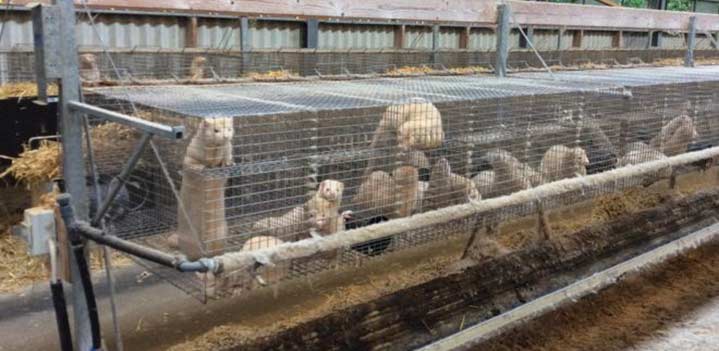WelFur is a new scheme developed to ensure animal welfare is a priority before fur pelts reach the auction houses. The program is entirely voluntary, although the auction houses will not sell furs that are not WelFur certified from 2020 onward. The scientist Jens Malmkvist from Aarhus University in Denmark is one of the scientists developing the new standards in fur farming. The scientists and veterinarians involved in the process are non-biased and unpaid from the fur farms. They are sponsored through the governments.
“It is voluntary, yes, but to which extent, you can discuss,” says Mette Lykke Hansen, Fur Europe’s chief executive.
In a BBC 4 Radio programme “You and Yours” Jens Malmkvist and his colleague Steen Moller say they “Ask the animal what they want.” Currently, there the mink are studied on a fur farm belonging to Aarhus University in Denmark. Reporter Jon Douglas, of the BBC was given a tour.
Many tests are conducted there included assessing the animals overall fear from within the cage. They approach the cages and see how receptive the animal is toward people. They have found that most of them were living in good conditions through a series of scientific tests. The mink have access to a lever that grants them access to different parts of a large cage. It shows their preference toward different comforts like hiding space, running wheel, or swimming pool.
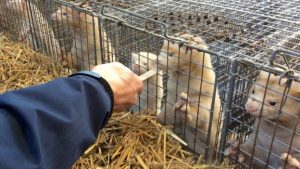
The new protocols will enforce acceptable cage size, with straw to add comfort, toys to play with, swimming pools if possible, and a nest area where the animal can hide for comfort. Currently, each European country has different laws regarding animal welfare.
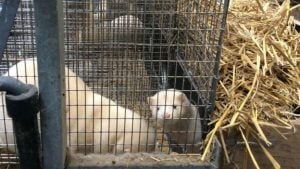
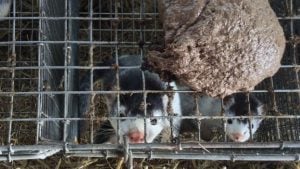
Welfur has 3 main objectives:
- To provide a reliable on-farm animal welfare assessment system based on scientifically proven measures and independent third party assessments.
- To improve animal welfare on European fur farms through analysing of the assessment data and education of the farmers.
- To provide consumer transparency on the welfare status on European fur farms by publishing assessment data.
Fur Farms will have to apply for the Welfur certificate and prove their compliance with the new protocol. This will happen after the farm passes three random assessments conducted by an independent party. Farms interested in registering should contact Mick Madsen at Fur Europe.
Lithuanian Fur Farmer Ceslovas Tallat-Kelpsa is applying for the WelFur certificate. He has said that it should improve animal welfare, in turn improving quality of the fur sold and thereby raising the price of pelts sold.
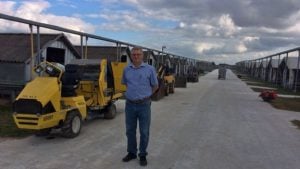
In 2015, he barely broke even with the price paid per pelt. Mr. Tallat-Kelpsa was paid €30 (£26) per pelt, whilst in earlier years he had earned €70 (£61) per pelt on average.
“I believe it will increase,” he says. “Buyers want to buy certificated fur.”
Denmark is the largest producer of mink and produced 17.5 million pelts in 2015, followed by Lithuania in fourth place with approximately 2 million. They are sent to auction houses in Copenhagen and Helsinki then often processed in China before sent to designers for tailoring before sale in other countries.
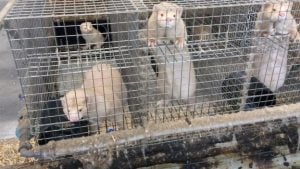
Others have a very different view of Welfur.
“I have come to the conclusion that it is very little more than a PR lobbying tool to try and defend the fur industry, mostly within the European Union,” says Mark Glover from Respect for Animals, an association that campaigns against the international fur trade.
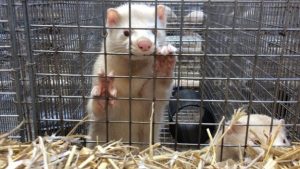
He feels that mink are a wild animal, semiaquatic in nature and can never be held acceptably in captivity. Mr. Glover claims that mink cages will never be larger than the length of an arm so that farmers are able to handle them.
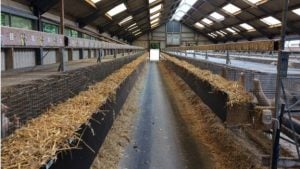
Read more about Welfur in the Links below:
- Please find the first part of BBC’s material on fur farming. It starts at 24:00 minutes and goes until 35:10 minutes.http://www.bbc.co.uk/programmes/b07z3c6z
- Second Part begins at 17:15 minutes: http://www.bbc.co.uk/programmes/b07z3cgq
- BBC News http://www.bbc.com/news/business-37679652?ocid=socialflow_twitter
-
You & Yours Video
http://www.bbc.co.uk/programmes/p04ch84p





